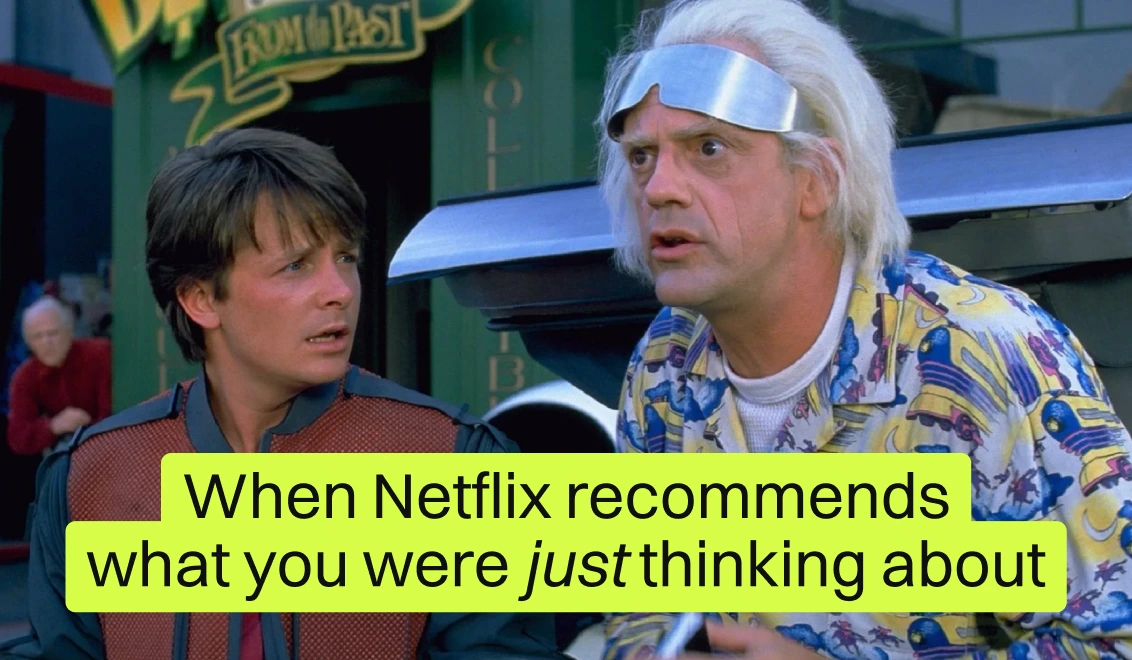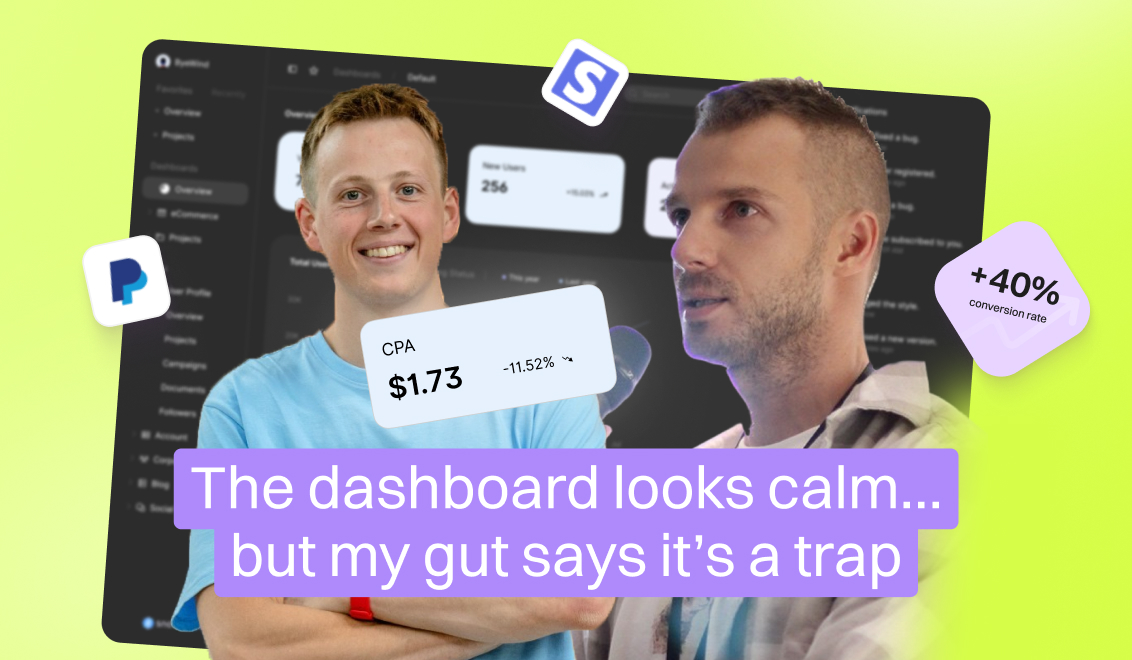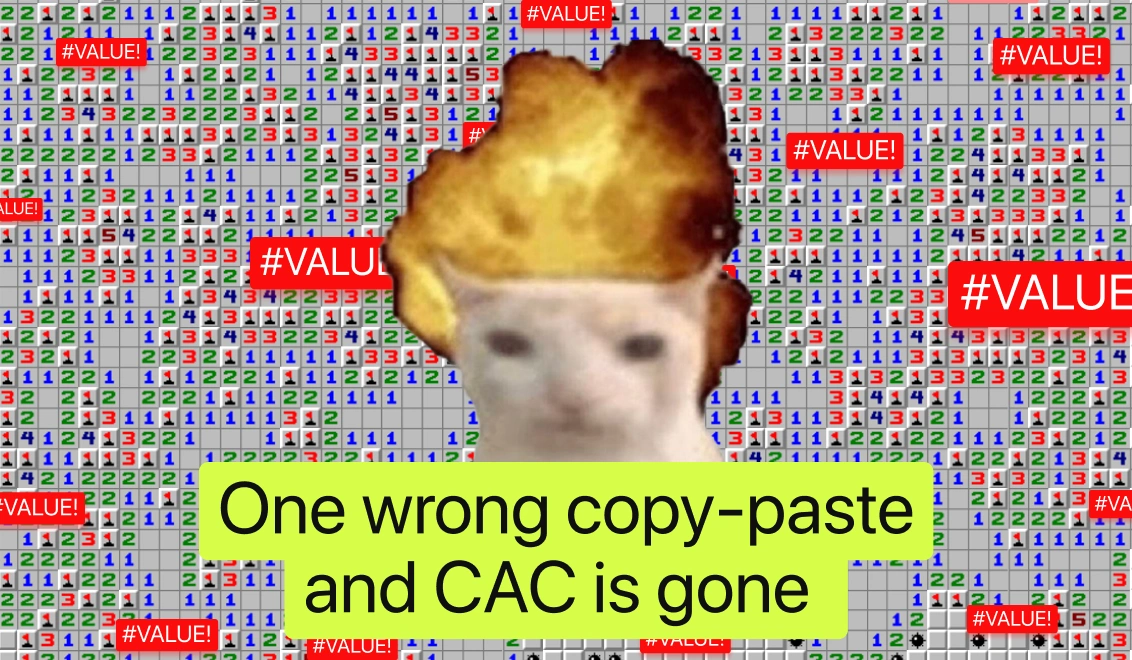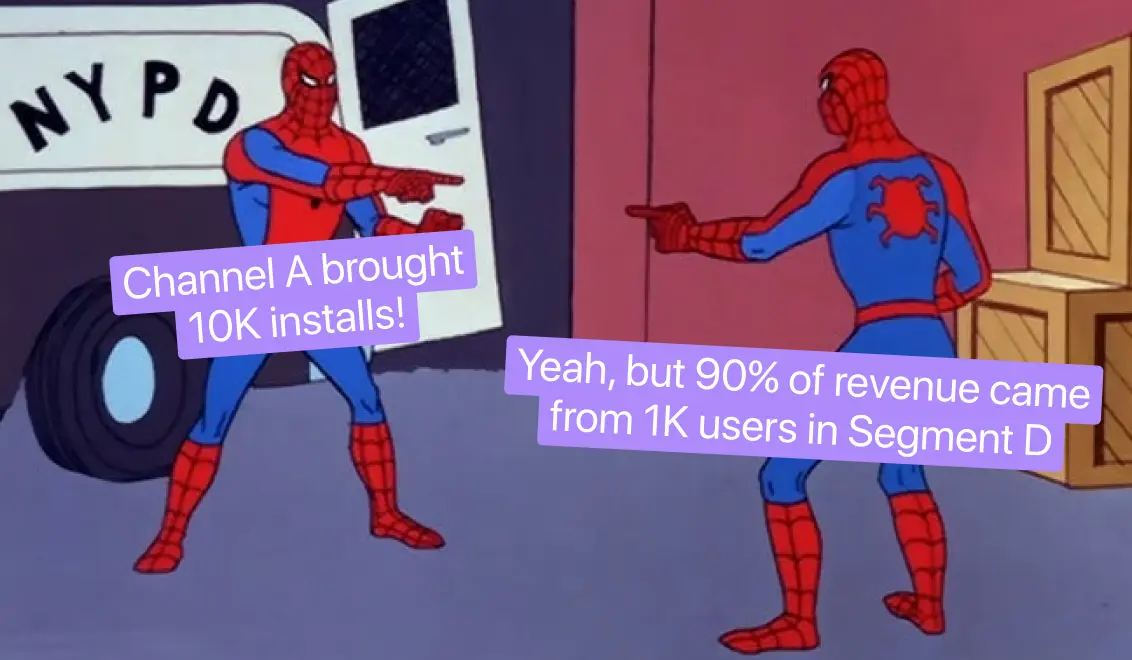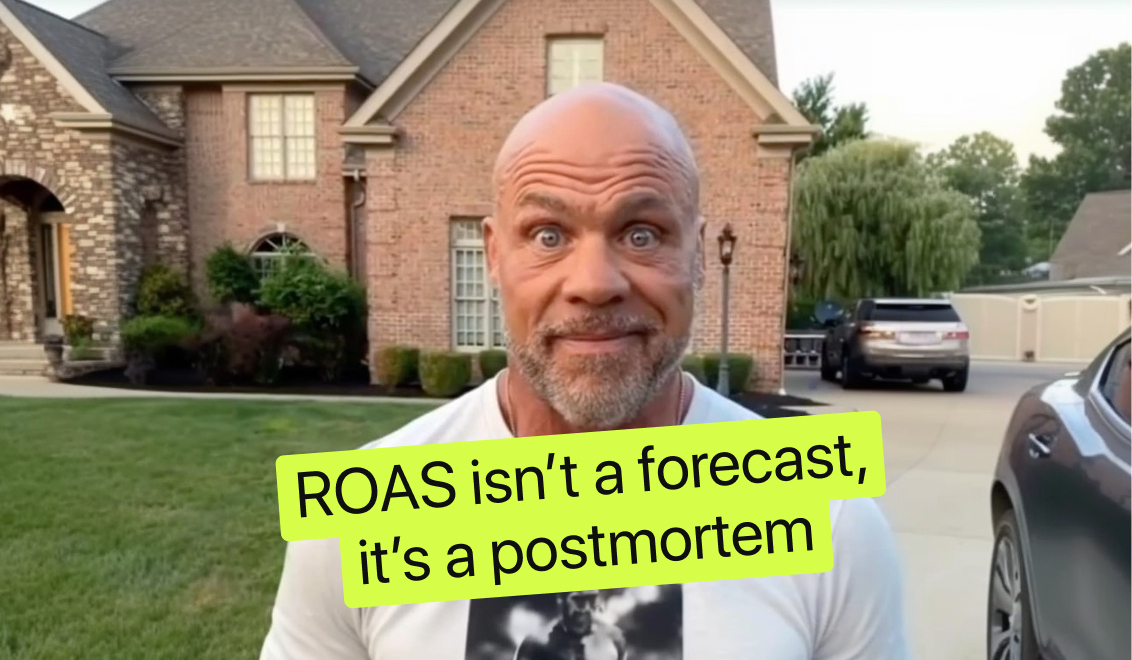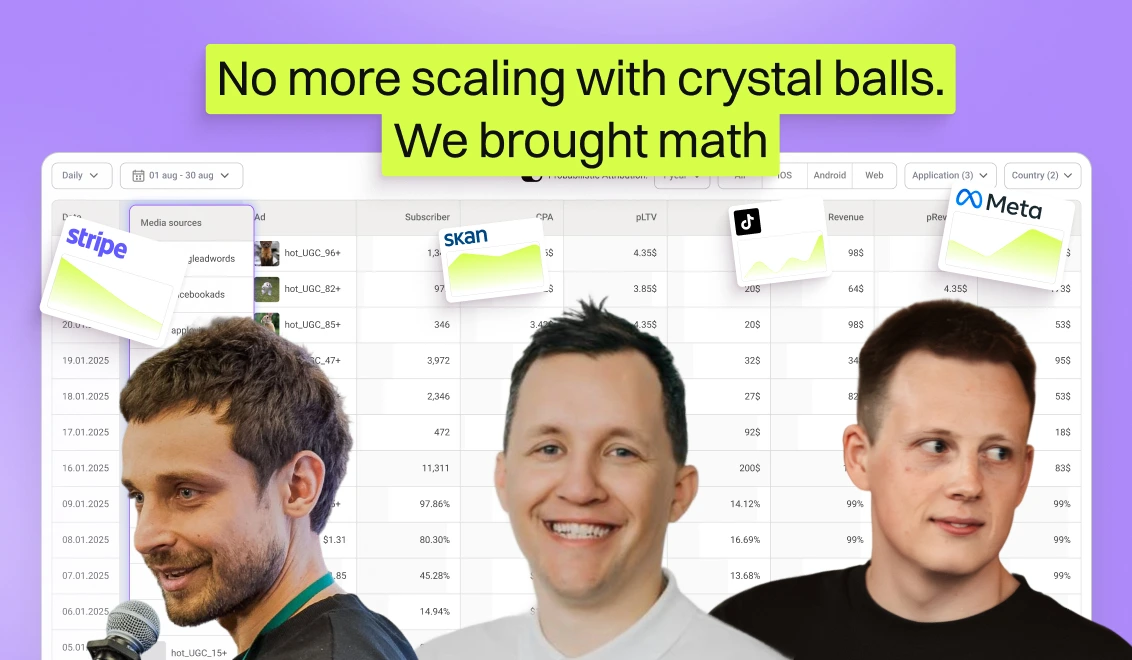LTV calculation mistakes that cost your mobile app 10% of revenue (and how to avoid them)

Even if you're already calculating LTV*, there’s a decent chance it’s quietly misleading you. Not because you're doing anything obviously wrong, but because most LTV models have blind spots built in.
Over the past year, we’ve worked with dozens of performance marketing teams: smart, data-driven, and still leaving 10–15% of profit on the table because of subtle LTV misfires. So we pulled together the most common ones we’ve seen (and fixed).
Think of this as a calibration. Not an intro to LTV, but a gut check to make sure your models are not quietly steering you off course.
* By LTV, we mean forecasted revenue per cohort over the next 12 months.
What mobile app LTV really tells you
The tricky part with LTV is how easily small errors slip in and quietly distort the bigger picture. Your CAC targets, payback windows, and scaling decisions start drifting, even if the top-line number looks fine. We've worked with teams who unknowingly underinvested in profitable segments or cut campaigns that were actually working, all because their LTV model overlooked regional pricing, tax structures, subscription behavior, or the timing of refunds. When those variables get averaged out or ignored, the number might look solid, but it won't reflect how your revenue really works.
That's exactly why we, Anton, Head of User Acquisition at AdQuantum, and Artsiom, CEO at Campaignswell, want to share what we've learned through years of hands-on work with mobile growth teams. These are lessons shaped by real budgets, shifting markets, and constant iteration — things that helped us spot hidden margin drains, build more reliable LTV models, and make better calls under pressure. Let's get into the patterns we’ve seen most often, and how to fix them before they quietly eat into your profits.
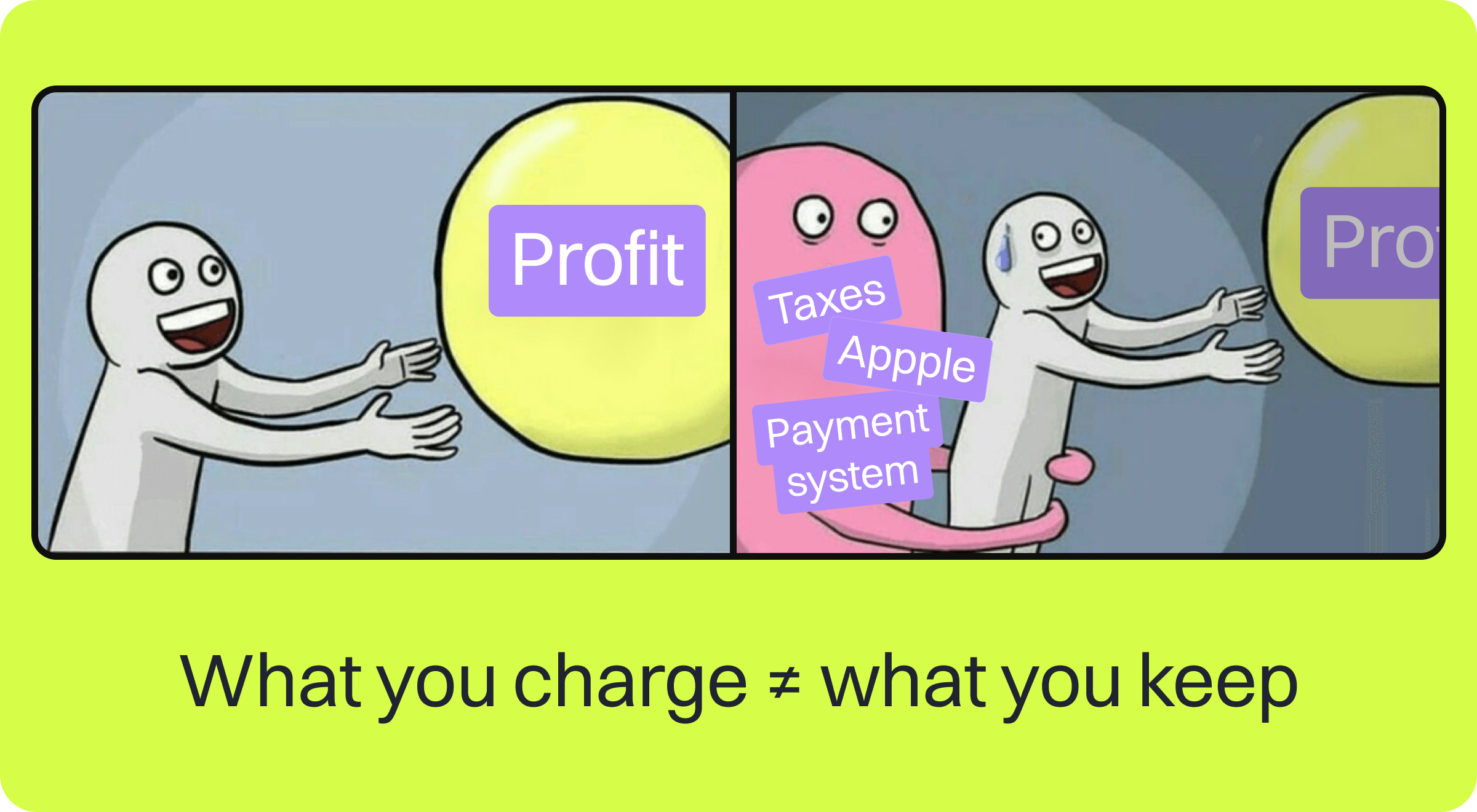
Mistake 1: Using gross revenue instead of net revenue
It’s easy to assume a $9.99 charge means a $9.99 user. But once platform fees, taxes, and payment processing take their cut, what you actually keep might be closer to $6.50. It happens often: teams scale confidently on gross revenue, only to realize their breakeven CPA was off by several dollars. That kind of mismatch slowly eats into your margin, even when everything looks good on the surface.
Smart move: Your LTV should reflect the actual money your business keeps after accounting for platform fees, taxes, and processing costs. Focus on the amount that truly lands in your account.
Mistake 2: Averaging subscription durations
If you’re rolling all your subs (weekly, monthly, yearly) into one average curve, you’re flattening out the nuance that actually matters.
One team we worked with had 5% of users on annual plans. But because those mobile app users stayed forever, they propped up the entire LTV model. The other 95% churned before day 10. Nobody saw the gap until we broke it out.
Smart move: Segment your LTV by subscription type. Just a small group on annual plans can completely skew the numbers if the rest churn early.
Mistake 3: Ignoring geo pricing and tax differences
A user in Germany isn’t worth the same as a user in the U.S., even if they’re on the same plan. Local taxes, platform rules, currency exchange — they all mess with your net revenue.
One client we worked with was about to pause UAE because CPAs looked too high. When we adjusted the LTV by actual geo net revenue, UAE turned out to be their most profitable region. Saved them from killing their best campaign.
Smart move: Break out LTV by geo. Always.
Mistake 4: Skipping refunds and chargebacks
Nobody likes to think about refunds. But they’re a real drag on revenue, and they rarely hit in the first week, which means they often sneak past Day 7 or Day 14 LTV windows.
In Brazil, we saw refund spikes that wiped out 12% of projected revenue in a single quarter. Another client scaled a LATAM campaign that looked solid until the refunds rolled in a month later and erased the margin.
Smart move: Make sure your model reflects how and when refunds actually happen. Track the average time it takes for users to request refunds, and how frequently it occurs, separately for each geography and platform. These aren't edge cases; they can significantly reduce your real revenue, especially in markets where refund behavior is more aggressive or delayed.

Mistake 5: Relying on ROAS multipliers
A lot of teams rely on shortcuts like “Day 7 ROAS × 1.7 = LTV”. It feels clean and predictable until the product changes. We saw one fintech app stick to this rule after launching a new onboarding flow. The change boosted early conversions, which looked great on paper, but post-install retention dropped off a cliff. Their LTV model didn’t account for the shift, and they kept scaling based on outdated assumptions. Three months and a burned-out budget later, they finally caught it.
The problem wasn’t the campaign; it was the static multiplier that hadn't adapted to the new user behavior. That kind of lag between reality and modeling can turn an efficient engine into a money sink.
Smart move: Shift to predictive LTV models that retrain regularly. They adjust to real-time data and reflect what users are actually doing, not what they did six months ago.
Mistake 6: Letting your mobile app evolve while your LTV stays frozen
One app made its paywall skippable to boost activation. Clicks surged, acquisition looked better overnight, but users stopped sticking around. Retention dropped, and LTV fell with it. The team kept scaling based on their old model, not realizing the change had shifted user behavior completely. It took weeks to catch.
When funnels change, so do revenue patterns. If your LTV model doesn't reflect that, you're running blind.
Smart move: Track cohorts by product version and revisit your model with every major change. It’s the only way to know what your new user is actually worth.
Mistake 7: Ignoring creative and channel segmentation
Buying users in bulk is one thing, figuring out which ones actually stick around and pay is another. Some creatives are great at getting the click, but terrible at finding users who stick around for anything more than the loading screen. And sometimes, the ones that look too pricey on the surface are quietly bringing in your best users.
That’s exactly what happened with one team we worked with. They were about to kill a video ad because the CPA was noticeably higher than average. But once we dug into creative-level LTV, it turned out that a specific video was pulling in an older female audience that monetized like clockwork. Fewer installs, higher cost, but LTV was nearly double. That ad was doing the heavy lifting on profit, and they almost shut it off.
Smart move: Always break out LTV by creative and channel. It's one of the easiest ways to spot undervalued winners hiding behind expensive numbers.

Mistake 8: Using static models in a moving world
User behavior changes constantly, as do market dynamics and pricing structures. When your LTV model doesn't evolve with those shifts, it stops reflecting reality and leads you to make decisions based on outdated assumptions.
We’ve worked with teams that paused profitable campaigns because their model didn’t account for seasonal fluctuations. Others increased spend during short-lived spikes, only to find that the users didn’t stick. One team had been undervaluing their users for months because their model didn’t adjust to newer cohorts. It still leaned on outdated assumptions from earlier product versions. When we helped them rebuild their LTV logic to reflect actual user behavior, they were able to scale their budget 3x in six weeks and unlocked over $100K in additional monthly revenue. In every case, the root issue was the same: a model that didn’t move with the business.
Smart move: Use models that refresh automatically with live data, so your growth decisions stay grounded in what's actually happening.
Why mobile makes LTV trickier
If you’ve ever tried to model LTV for a mobile app and felt like you were juggling flaming knives while riding a unicycle — same. Mobile just plays by different rules.
Churn hits faster. Revenue is split before it even reaches you: platform fees, taxes, and so on. And your users are coming in from 40 countries, using four subscription options, and half of them bounce before day three. That’s before we even talk about paywall tests or promo experiments.
One day, you’re testing a new annual plan in Australia. The next, Apple changes its billing logic in Canada. Now multiply that across 15 active geos and five product iterations. You need more than a spreadsheet, you need a model that bends with the wind.
SaaS companies might have it easier with monthly billing and direct payments. But in mobile, if your LTV model can’t flex with your actual user reality, you’re basically flying blind.
This is why we’ve stopped treating LTV like a fixed metric and started treating it like a living, breathing signal. Because for mobile teams, that's exactly what it is.
Wrapping up
Getting your LTV model right doesn’t require reinventing your whole stack. Most of the time, it’s about catching a few blind spots that quietly drain your margins. We’ve seen teams unlock serious growth just by adjusting how they calculate real revenue, segment users, or account for product changes.
You don’t need a data science team or months of work. You just need a model that reflects how your app really works, and one that updates as your users and funnel evolve. That’s what we've built into Campaignswell: predictive LTV that adapts with your business and gives your team the clarity to make smarter decisions, faster.
Curious what your current model might be hiding? Let's take a look together.
Book a free Campaignswell demo

Co-founder & CEO at Campaignswell












